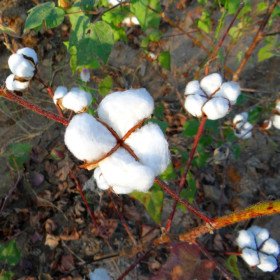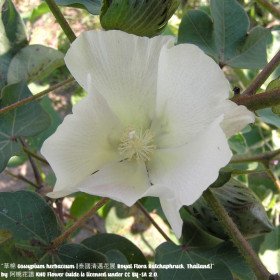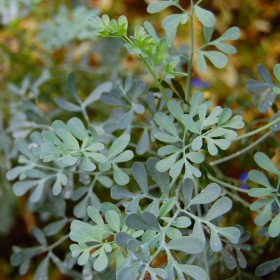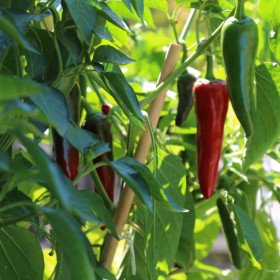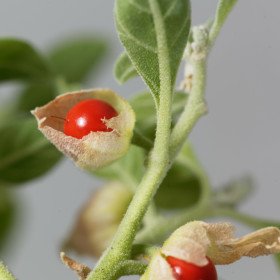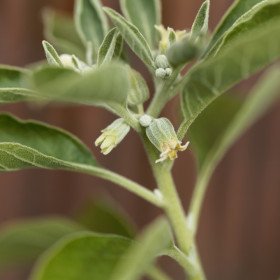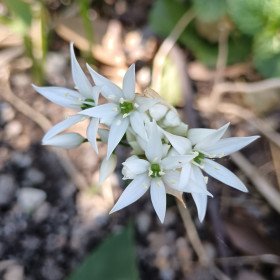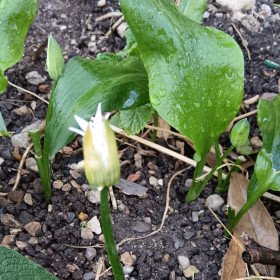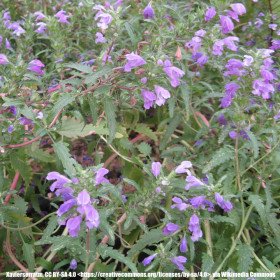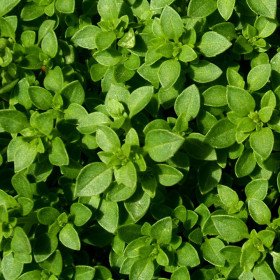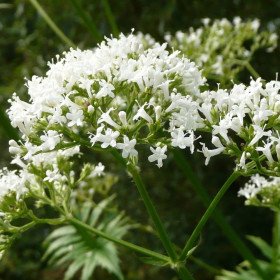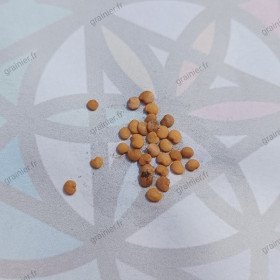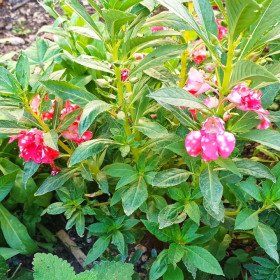30 Graines Chicorée sauvage, Chicorée amère, Cichorium intybus
30 Graines Chicorée sauvage, Chicorée amère, Cichorium intybus
- Modèle : 30 Graines Chicorée sauvage, Chicorée amère, Cichorium intybus
- Disponibilité : 6
- 1,50€
Chicorée sauvage, Chicorée amère, Cichorium intybus |
Cichorium intybus, communément appelée chicorée sauvage ou chicorée amère, est une plante herbacée vivace originaire d'Europe, d'Afrique du Nord et d'Asie occidentale.
30 graines
Description : Cichorium intybus est une plante robuste qui pousse jusqu'à environ 1 à 1,5 mètre de hauteur. Elle a une tige dressée et ramifiée, avec des feuilles basales en rosette et des feuilles plus petites sur la tige. Les feuilles sont profondément lobées et d'un vert intense. Les fleurs sont de couleur bleue violette et regroupées en inflorescences en forme de capitules.
Utilisation : La chicorée sauvage a une longue histoire d'utilisation culinaire et médicinale. Les feuilles de la plante peuvent être utilisées dans les salades ou cuites comme des légumes verts. Les racines de la chicorée sauvage sont souvent torréfiées, moulues et utilisées comme substitut ou ajout au café. La chicorée sauvage est également utilisée en phytothérapie pour ses propriétés médicinales, notamment comme stimulant digestif et dépuratif.
Semis : Les graines de Cichorium intybus peuvent être semées au printemps ou en automne. Préparez le sol en le désherbant et en le rendant meuble. Semez les graines à une profondeur d'environ 1 à 2 centimètres et espacez-les d'environ 20 à 30 centimètres. Arrosez légèrement le sol pour maintenir une humidité constante jusqu'à la germination, qui survient généralement en une à deux semaines.
Exposition et soins : La chicorée sauvage préfère une exposition ensoleillée à mi-ombre. Elle peut pousser dans une variété de types de sols, mais préfère les sols bien drainés et riches en matière organique. Arrosez régulièrement la plante pour maintenir le sol légèrement humide, mais évitez l'excès d'eau. Éliminez les mauvaises herbes qui pourraient concurrencer la croissance de la chicorée sauvage. Il n'est généralement pas nécessaire d'ajouter des engrais supplémentaires.
Récolte : Les feuilles de la chicorée sauvage peuvent être récoltées tout au long de la saison de croissance, en choisissant les feuilles les plus tendres. Pour récolter les racines, attendez la deuxième année de croissance. Déterrez les racines en automne ou au printemps, nettoyez-les et faites-les sécher avant de les utiliser.
Etiquettes : chicoree, sauvage, amere, cichorium, intybus, GRAINES DE FLEURS & ARBRES Chicorée sauvage, Chicorée amère, Cichorium intybus, Aromatiques & médicinales Chicorée sauvage, Chicorée amère, Cichorium intybus, Fleurs & Herbes ornementales Chicorée sauvage, Chicorée amère, Cichorium intybus, GRAINES POTAGÈRES & AROMATIQUES Chicorée sauvage, Chicorée amère, Cichorium intybus, Chicorée sauvage, Chicorée amère, Cichorium intybus GRAINES DE FLEURS & ARBRES, Chicorée sauvage, Chicorée amère, Cichorium intybus Aromatiques & médicinales, Chicorée sauvage, Chicorée amère, Cichorium intybus Fleurs & Herbes ornementales, Chicorée sauvage, Chicorée amère, Cichorium intybus GRAINES POTAGÈRES & AROMATIQUES





